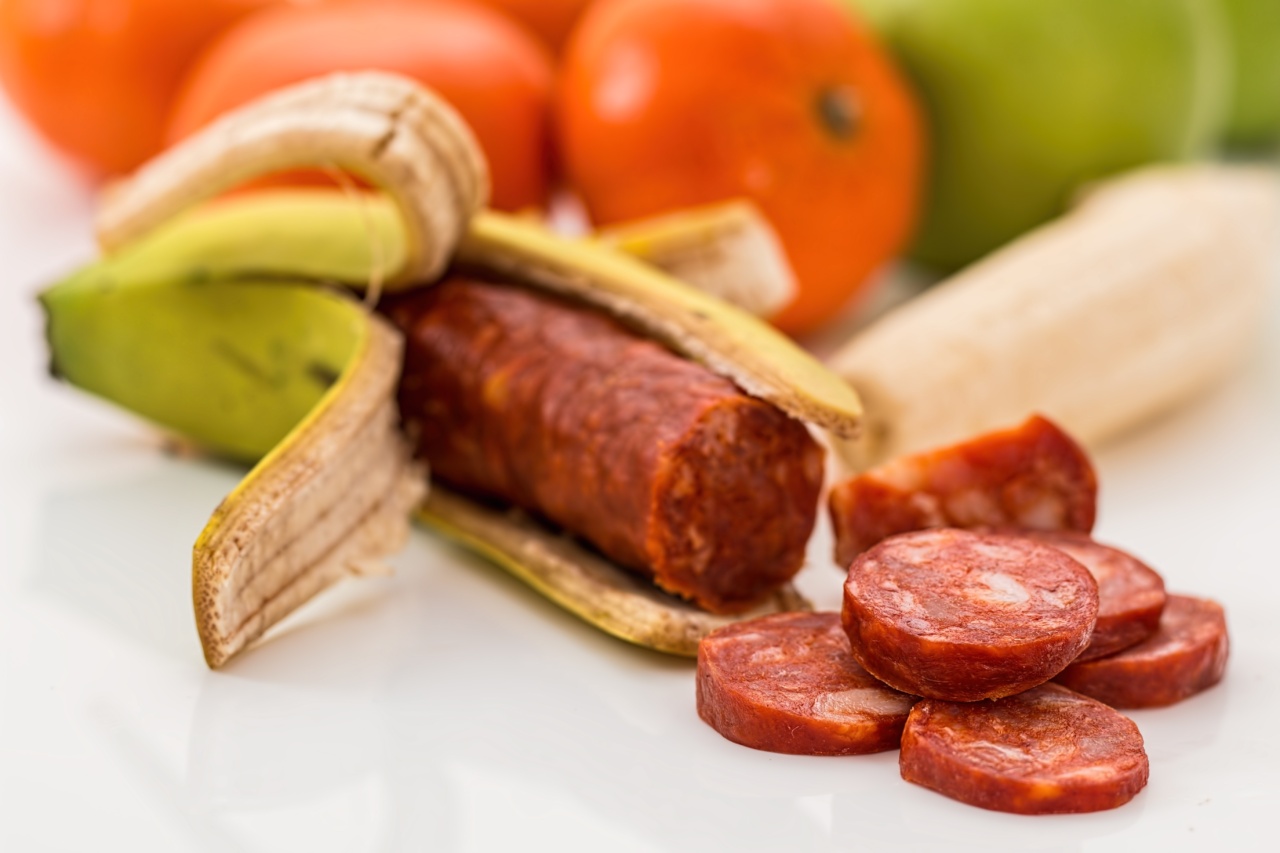Cellulite is a condition in which skin appears bumpy and dimpled, typically on the thighs, hips, and buttocks. While it’s not considered a serious medical condition, many people feel self-conscious about their cellulite.
There are a variety of factors that can contribute to the development of cellulite, including genetics, age, and lifestyle habits. While there’s no surefire way to completely eliminate cellulite, making dietary changes can help reduce its appearance.
1. Increase Your Water Intake
One of the most important things you can do for reducing cellulite is to increase your water intake. Drinking adequate amounts of water can help flush toxins and waste from your body, improving overall skin health.
Additionally, adequate hydration can help prevent dehydration, which can make cellulite appear more prominent.
2. Cut Down on Processed Foods
Processed foods are often high in sodium, sugar, and unhealthy fats, which can contribute to the development of cellulite.
By cutting down on processed foods, you can reduce your overall intake of these unhealthy substances and potentially decrease the appearance of cellulite.
3. Increase Your Fiber Intake
Fiber helps prevent constipation and promotes healthy digestion, which can help reduce bloating and make cellulite appear less prominent.
Additionally, fiber can help regulate blood sugar levels, preventing spikes and crashes that can contribute to the development of cellulite. Good sources of fiber include fruits, vegetables, whole grains, legumes, and nuts.
4. Eat More Lean Protein
Consuming adequate amounts of protein can help promote muscle growth and repair, which can improve overall skin health and potentially reduce the appearance of cellulite.
Additionally, protein can help increase satiety, preventing overeating and keeping weight in check. Good sources of lean protein include chicken, turkey, fish, tofu, beans, and lentils.
5. Get More Antioxidants
Antioxidants can help reduce inflammation and improve overall skin health. By getting more antioxidants in your diet, you may be able to reduce the appearance of cellulite.
Good sources of antioxidants include berries, dark green leafy vegetables, nuts, and whole grains.
6. Cut Back on Salt
Salt can cause water retention, making cellulite appear more prominent. By cutting back on salt, you can potentially reduce bloating and fluid retention and improve the appearance of cellulite.
Avoiding processed foods and cooking with herbs and spices instead of salt can help cut your sodium intake.
7. Incorporate Healthy Fats
While unhealthy fats can contribute to the development of cellulite, healthy fats can promote overall health and improve skin health. Good sources of healthy fats include fatty fish, avocado, nuts, and seeds.
Aim to incorporate these foods into your diet in moderation.
8. Cut Down on Alcohol
Alcohol can contribute to the development of cellulite by dehydrating the body and disrupting circulation. Additionally, alcoholic beverages are often high in calories and sugar, which can contribute to weight gain and cellulite.
By cutting back on alcohol, you can potentially prevent the development of cellulite or reduce its appearance if you already have it.
9. Choose Whole Foods
Choosing whole foods over processed foods can help reduce your overall intake of unhealthy substances that can contribute to cellulite.
By choosing whole foods, you can ensure that you’re getting the vitamins, minerals, and nutrients that your body needs to support healthy skin and potentially reduce the appearance of cellulite.
10. Avoid Crash Diets
Crash diets can cause weight loss, but they can also cause muscle loss and an imbalance of nutrients in the body.
Additionally, crash diets can slow down metabolism, making it more difficult to maintain weight loss and potentially increasing the appearance of cellulite. Instead of crash dieting, choose a balanced and sustainable eating plan that focuses on whole foods, lean protein, and healthy fats.






























